Analysis of Organizational Change Management using Lewin's Model
VerifiedAdded on 2022/09/10
|6
|729
|33
Report
AI Summary
This report provides an analysis of organizational change management, emphasizing the significance of communication within the framework of Kurt Lewin's change model. The report begins by defining change management as a systematic process for handling changes in organizational structure and employee behavior, highlighting the importance of leadership, senior management commitment, timely communication, and employee support. The core of the report focuses on Lewin's three-stage model: unfreezing, change, and refreezing. The unfreezing stage involves communicating the need for change to employees to gain their understanding and acceptance. The change stage involves implementing changes through education, communication, and support. The refreezing stage ensures that the new changes are integrated and maintained within the organization. The report emphasizes that effective communication is crucial for the success of change management, as it mitigates resistance from employees and facilitates their engagement in the change process. The report concludes that effective communication is a key characteristic for successful change management. The report references several key academic sources to support its analysis.
1 out of 6
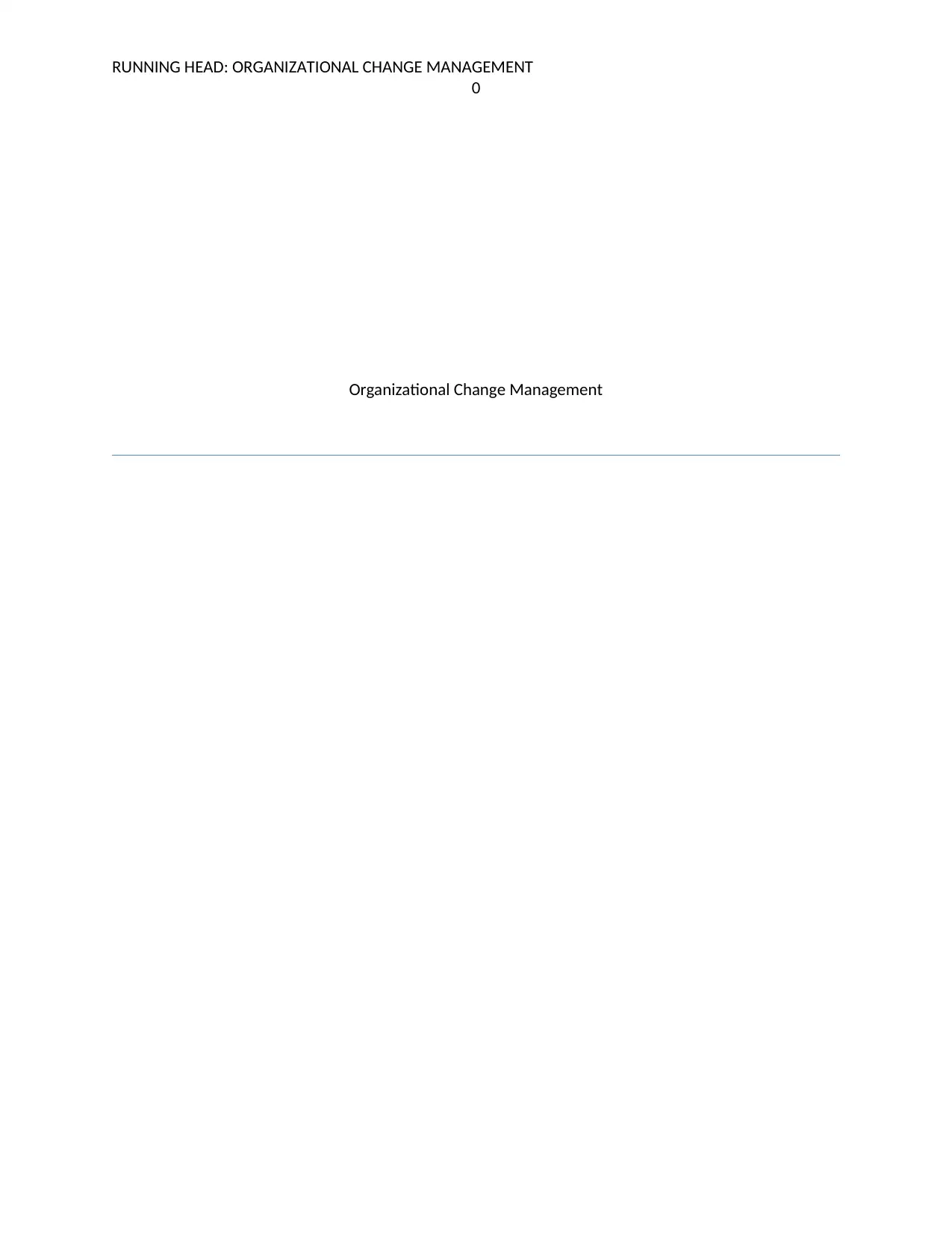

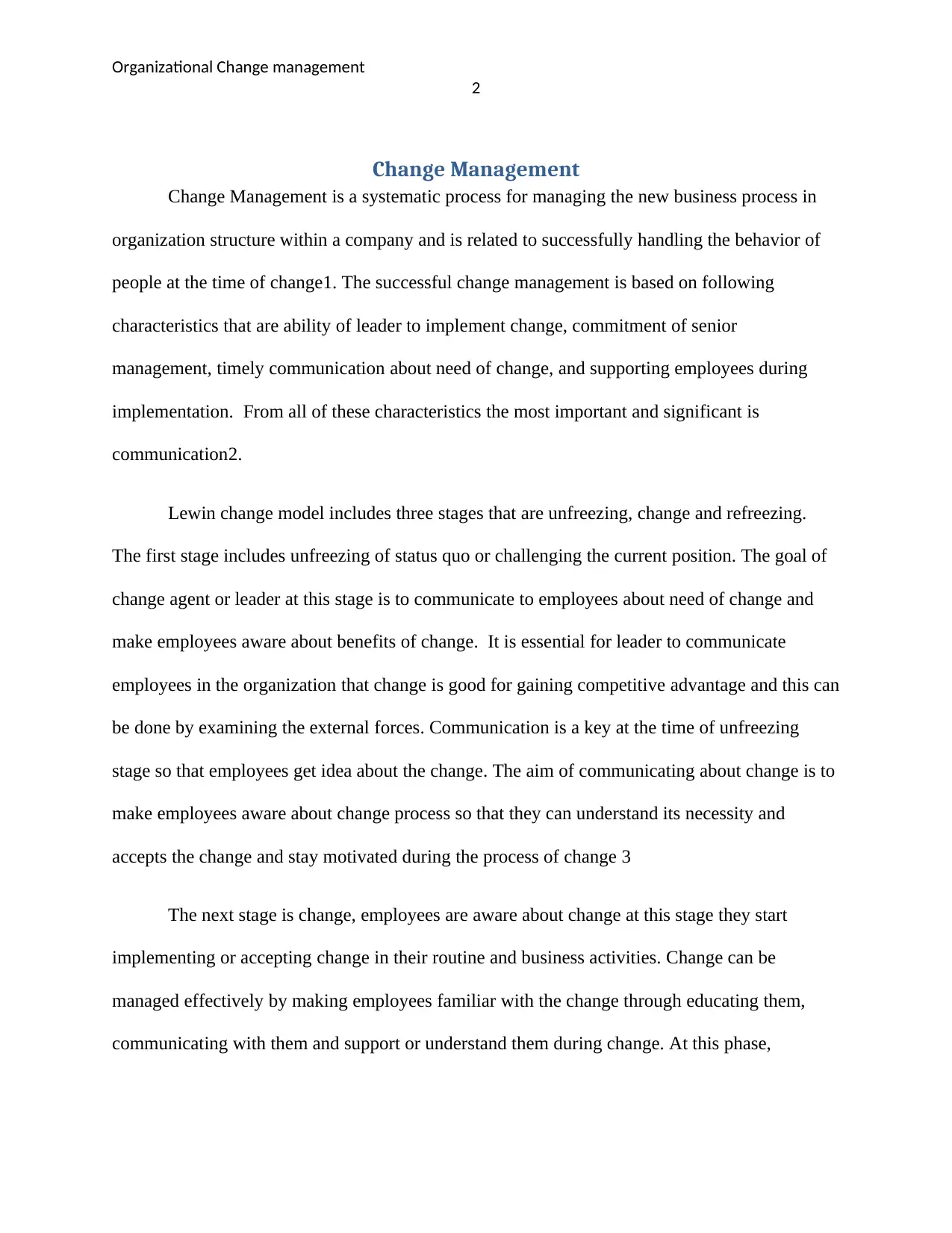

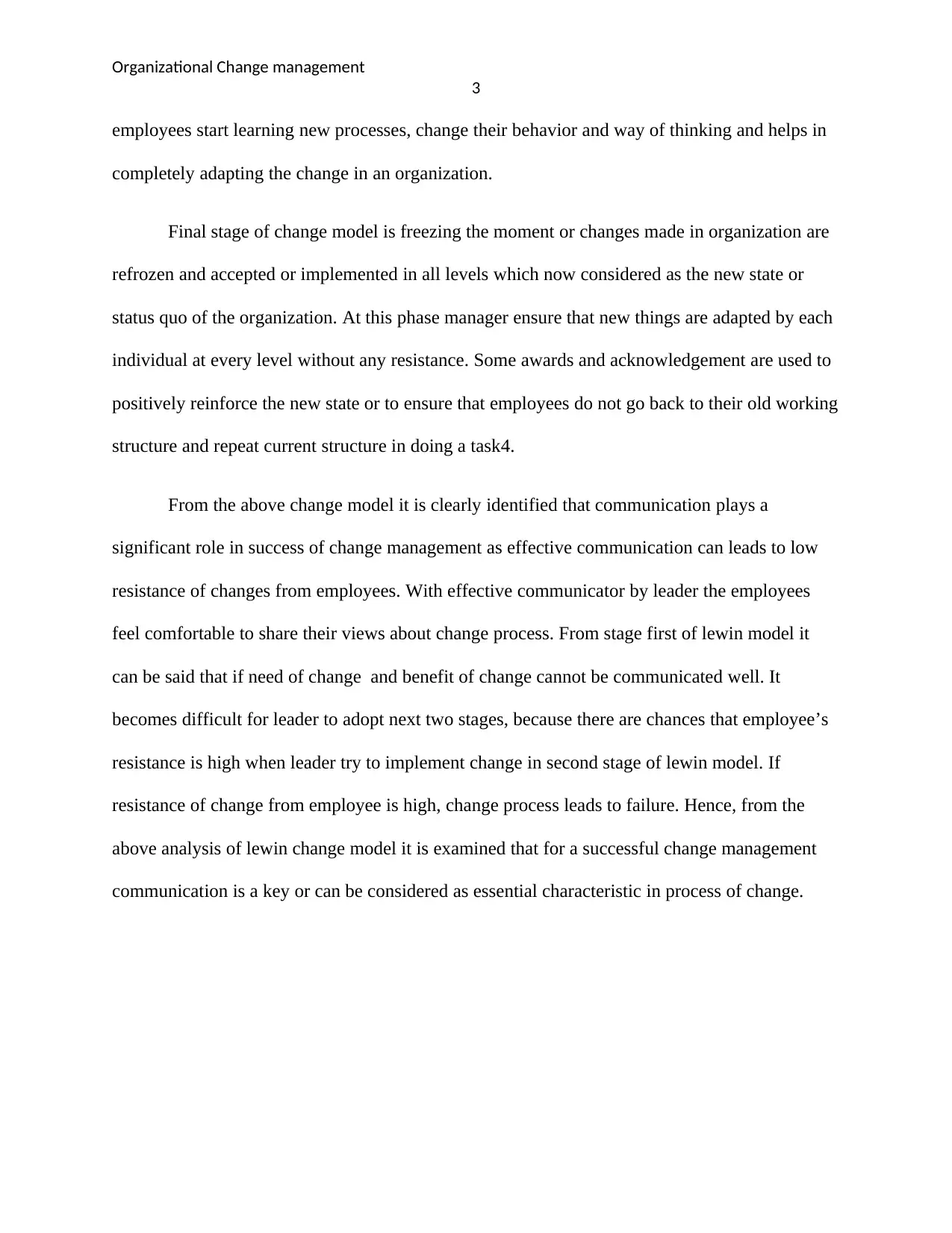
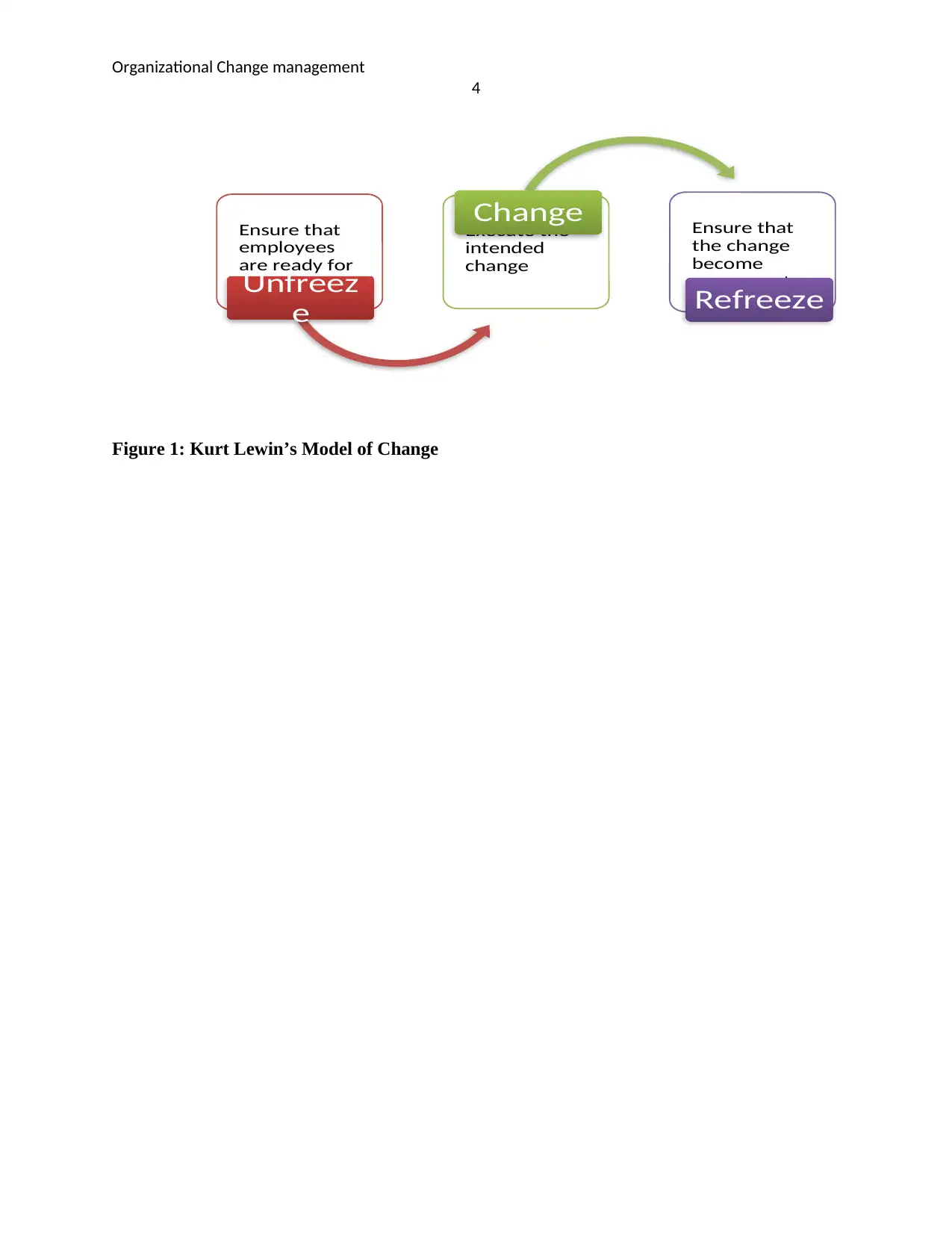
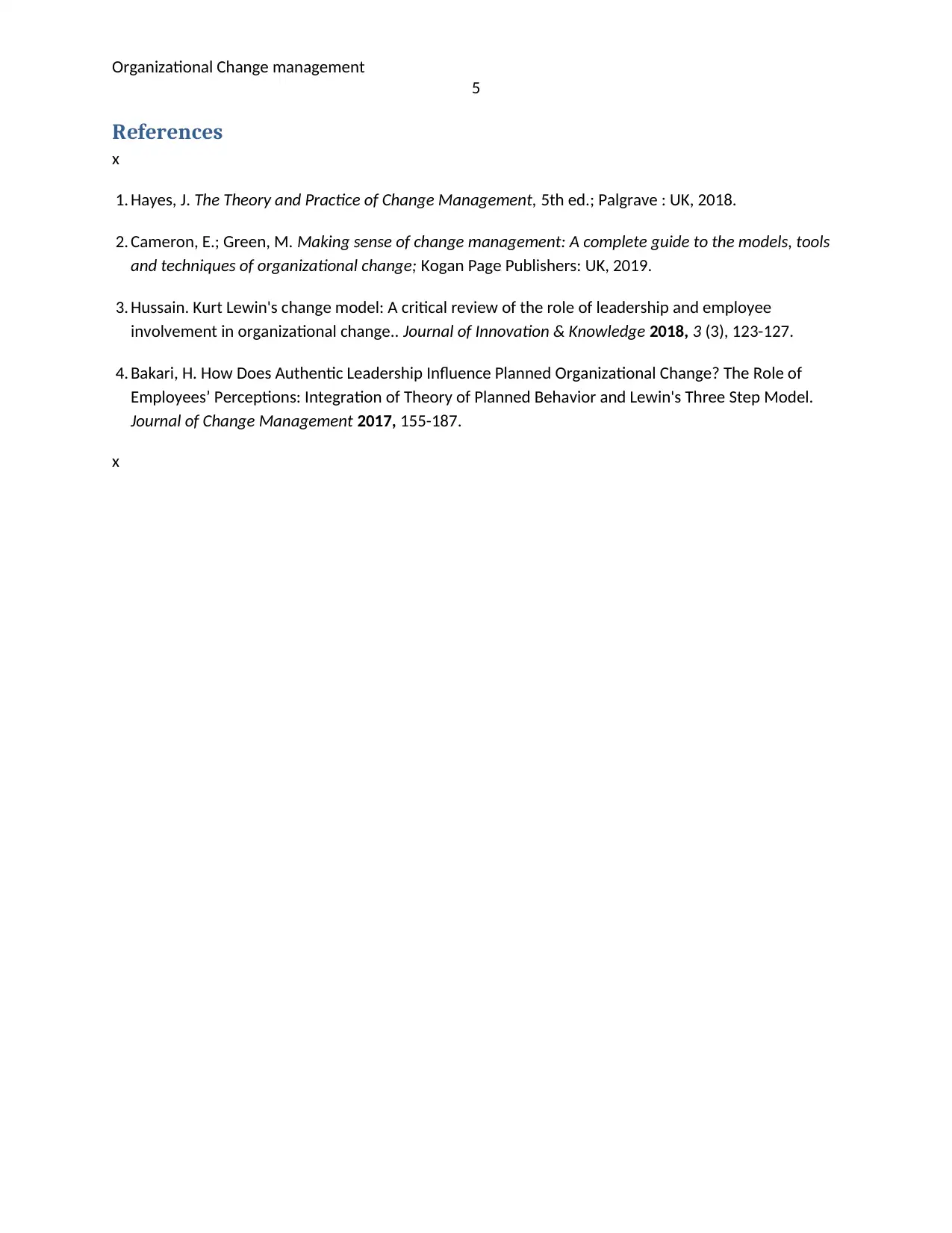





![[object Object]](/_next/static/media/star-bottom.7253800d.svg)